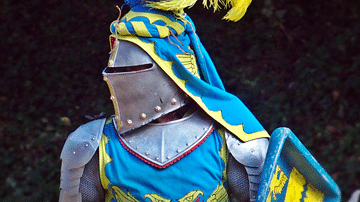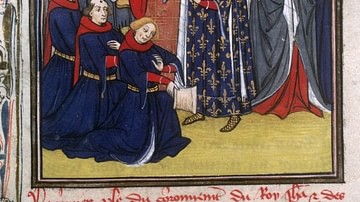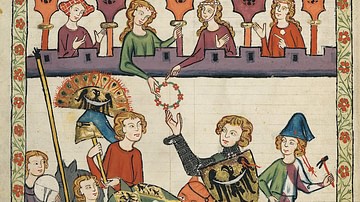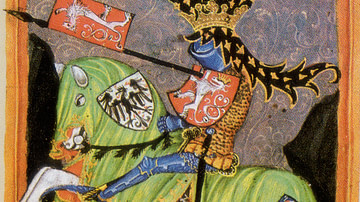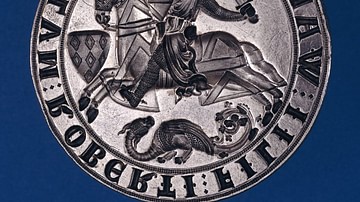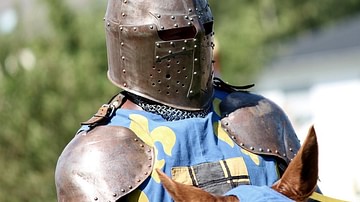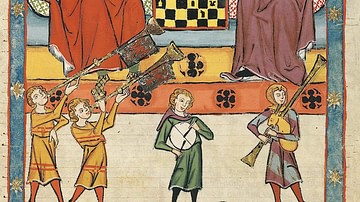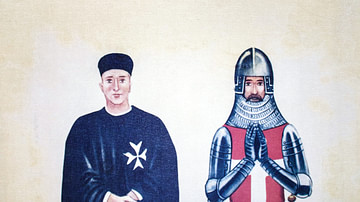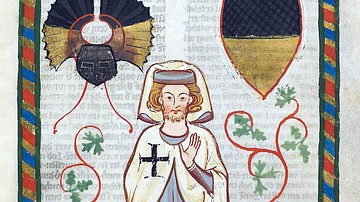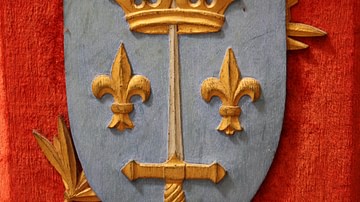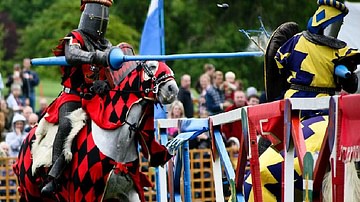In the Middle Ages, knights were at the top of the social ladder. With the best training, the best clothes, the best weapons and, supposedly, the best manners, they were what everyone else aspired to be. Tales of daring deeds and chivalry were told in poems and popular songs so that lasting fame awaited those knights who rose above their peers. There were legendary knights such as King Arthur and Saint George, patron of all knights, famous tournament winners like Sir William Marshal, and even a few non-Christians were allowed the honorary title of knight such as the great Muslim leader Saladin. In this collection, we look at how exactly one became a knight, what weapons and armour were required and what were the dos and don'ts in order to gain a reputation for perfect chivalry.
According to some legends, Saint George had a mighty sword called Ascalon, made by the Cyclops of ancient Greece, and a shining suit of armour made from Libyan steel.
